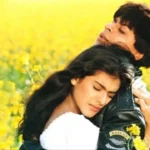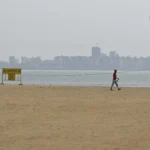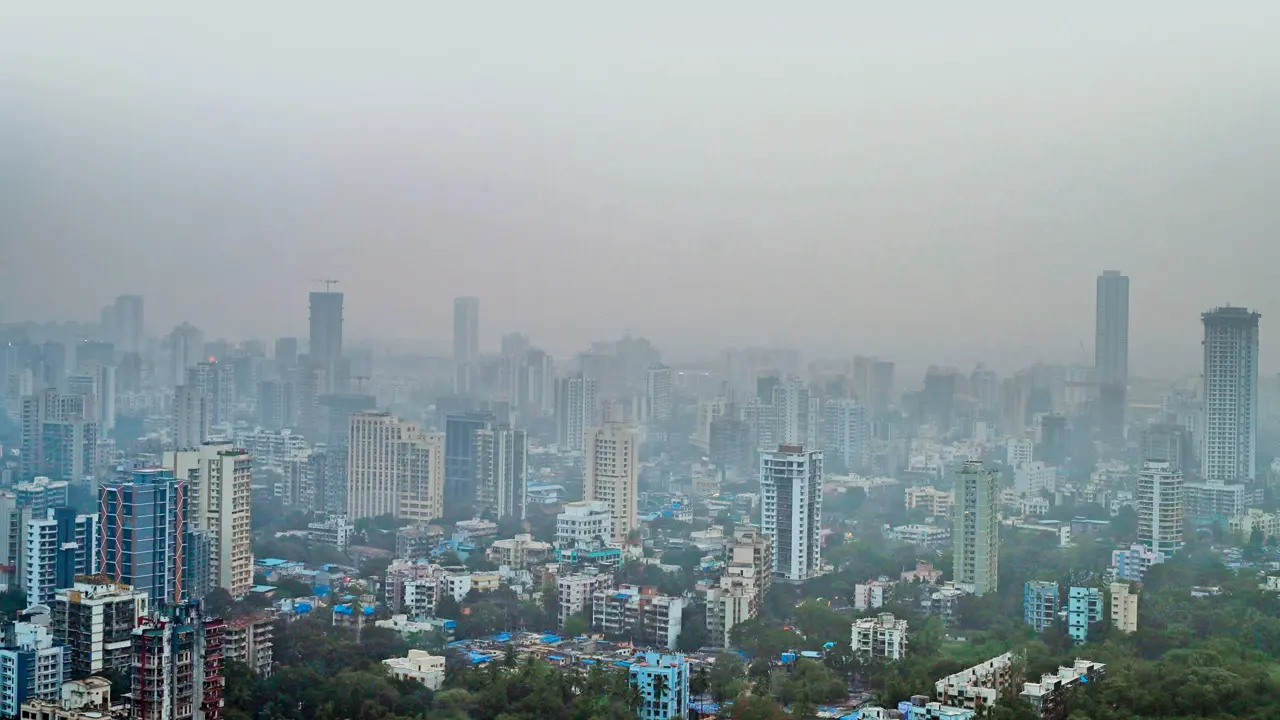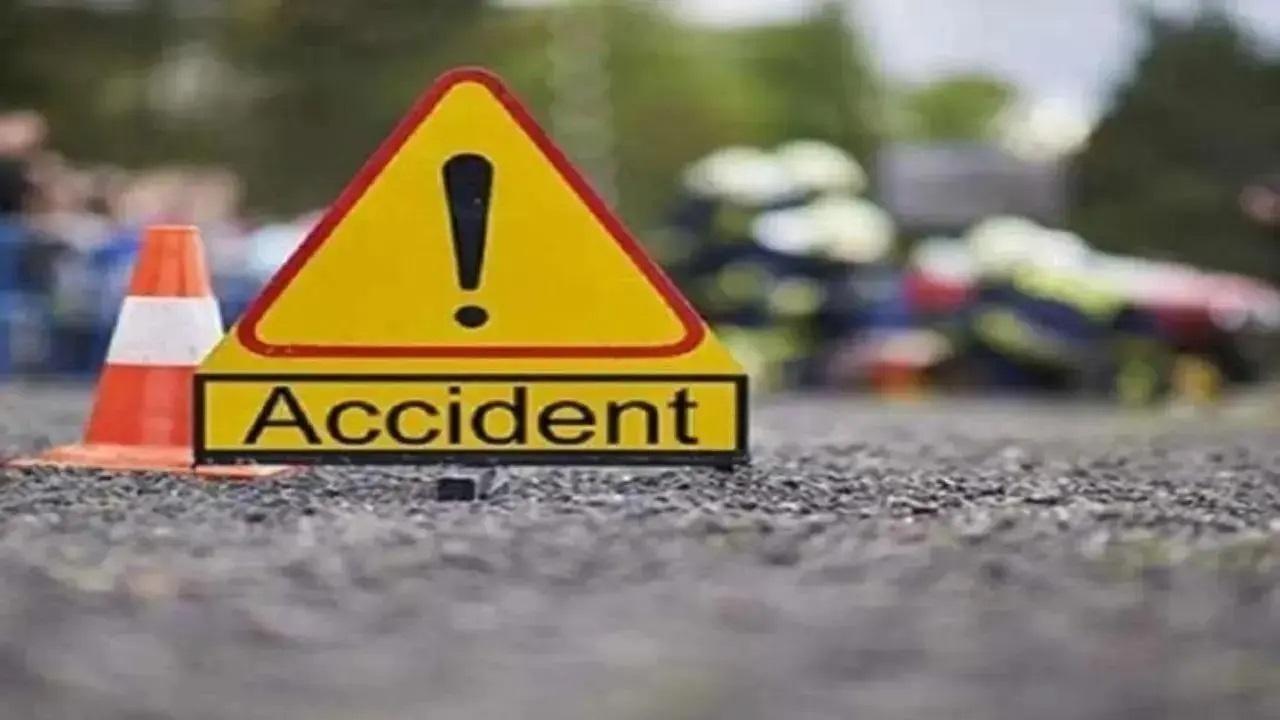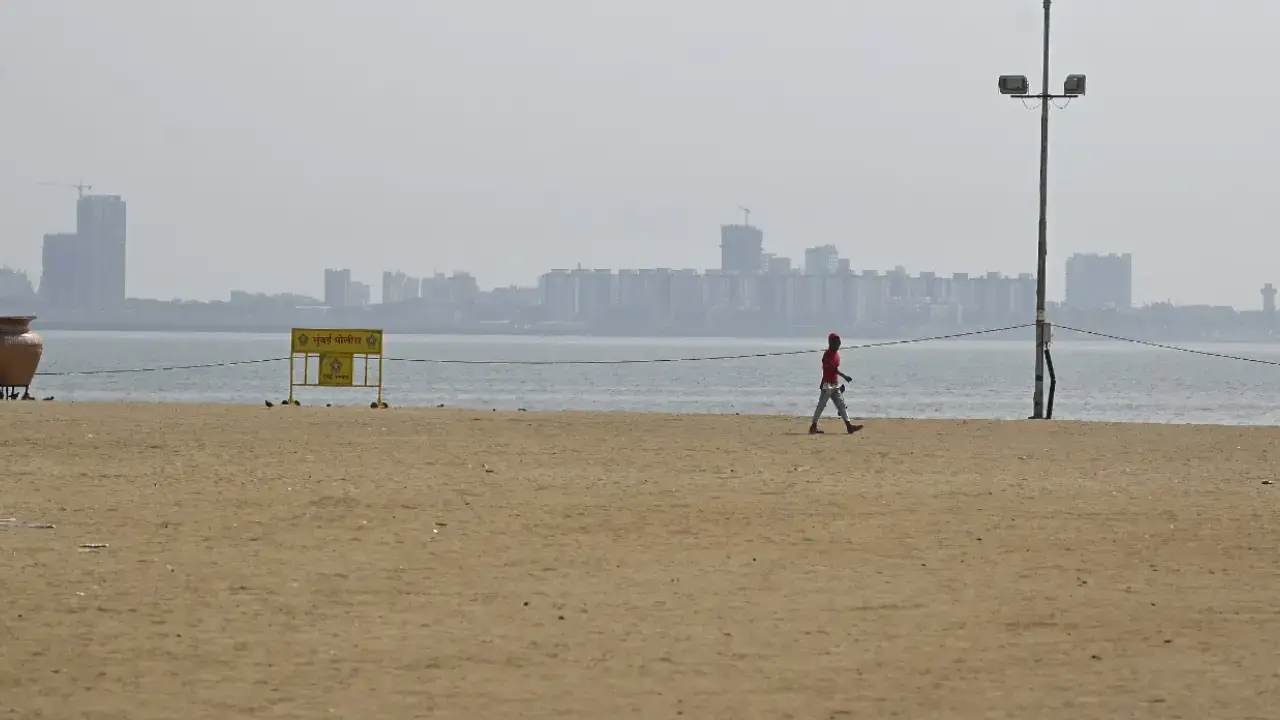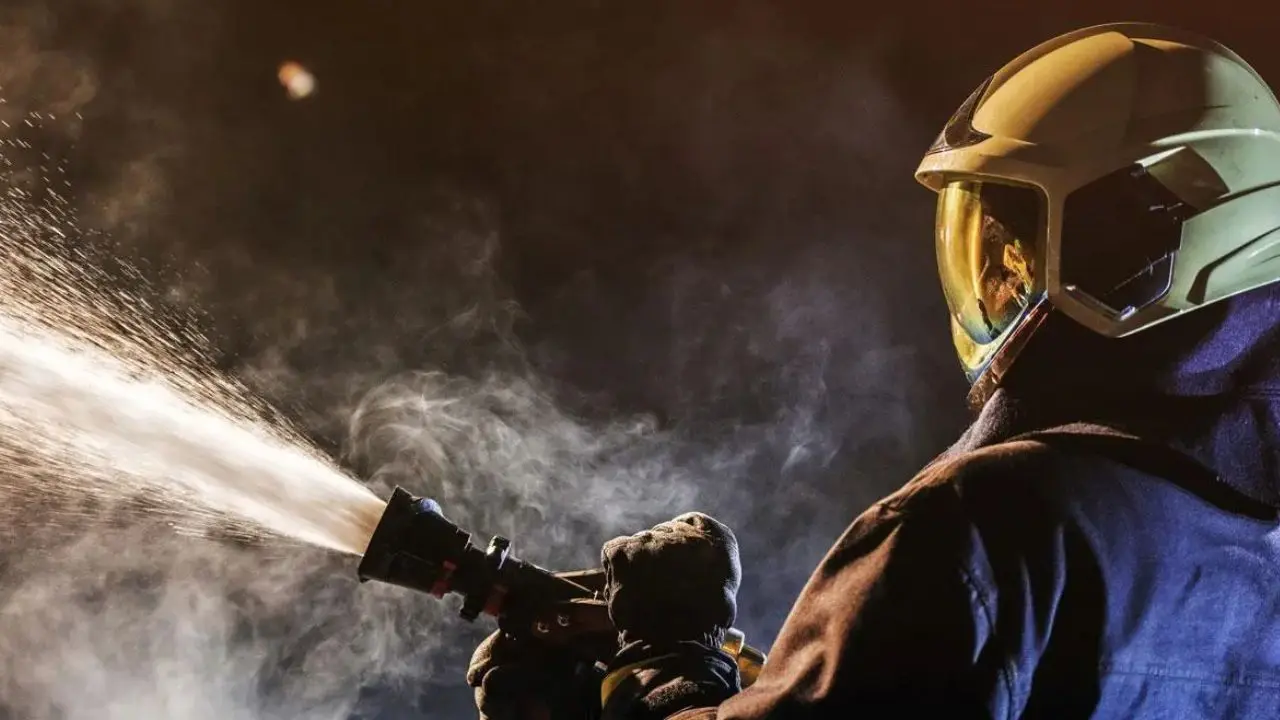Mumbai’s air quality worsened on Saturday and Sunday, lingering between 157 and 171 on the Central Pollution Control Board’s (CPCB) Air Quality Index (AQI) and falling in the ‘moderate’ category. Several monitoring stations across the city recorded AQI of over 200, in the ‘poor’ category. Bandra-Kurla Complex was the worst hit, with AQI above 300, in the ‘very poor’ category.
According to CPCB guidelines, AQI between 0 and 50 is considered ‘good’ (green code), 50 and 100 is considered ‘satisfactory’ (green code), 100 and 200 ‘moderate’ (yellow), 200 and 300 ‘poor’ (orange), and above 300 is considered ‘very poor’ (red). The weekend marks the beginning of the four-day Diwali festival, and Saturday was marked by Dhanteras, an occasion where firecrackers are burst as part of festive celebrations.
Health advisories
For the ‘moderate’ category, CPCB’s health advisory indicates sensitive people should consider avoiding heavy exertion and heavy outdoor work. This AQI presents minor health risks to sensitive people, and no alarming risk to the general population. For the ‘poor category’, the CPCB advises those with heart and lung diseases to avoid exertion, with ‘slight discomfort’ in terms of health for all.
A fireworks display by MNS at Shivaji Park in Dadar on October 19. PIC/RANE ASHISH
For the ‘very poor’ category, the CPCB indicates that everyone should reduce heavy exertion, and people with heart and lung diseases, older adults, and children should avoid exertion altogether. The risks involved include “a significant increase in respiratory problems”.
AQI in Mumbai
Over 48 hours between Friday evening and Sunday evening, several parts of Mumbai reported AQI above 150. The worst hit were BKC, with an AQI of over 300, followed by Colaba (210), Deonar (207), Kherwadi (214), Mazgaon (196), Shivaji Nagar near Chembur (169), Malad (162), and Byculla (161).
In Mumbai, AQI was noted to be the worst between 10 pm and 1 am, followed by the twilight hours. Rishi Aggarwal, an environmentalist, said, “The AQI is worst when the air is the heaviest. At midnight or during morning hours, this phenomenon is intensified, as is the case during winter.”
According to information from IQAir, over the weekend alone, Mumbai shot up from being the sixth most polluted city in the world to the second, with an AQI of 171. Delhi, with an AQI of 184, was the first. Kolkata was third among the five most polluted cities. IQAir carries a comparative index for 126 cities globally.
City’s worst pollutants
PM2.5 and PM10 were noted to be the most prominent pollutants in Mumbai`s air over the weekend, according to CPCB data, followed by NO2. Experts have noted that firecrackers significantly increase these pollutants in the air. Chemicals in crackers also increase the toxicity of the particulate matter they release.
Pointing to behaviour patterns of Mumbaikars that can contribute to an improvement in the air quality of Mumbai, Sumaira Abdulali from Awaaz Foundation said, “Rain seems to be the only equaliser for Mumbai when it comes to air quality. Just when the monsoon stops, we run into the festival period where firecrackers are lit across the city, contributing to worsening air quality.”
Abdulali added, “Construction dust and pollution from firecrackers are two major contributors to bad air quality before the winter season. In both cases, Mumbai’s authorities and its citizens, respectively and interchangeably, have failed to do enough to check escalations in air pollution this time of the year.”
At some point last year, Mumbai overtook Delhi’s AQI, Abdulali added. She said, “It is no consolation that Delhi`s air quality is, at present, worse than Mumbai’s. We may get there anytime if we don`t take preemptive measures.”


